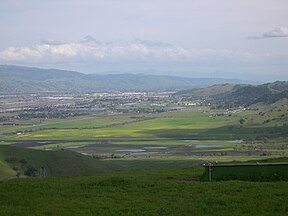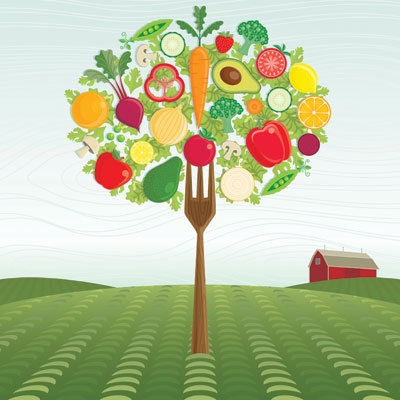By: Chloe Cheng
 |
| Sustainable agriculture leader Sibella Kraus |
Sibella Kraus, an advocate for sustainable farming methods and the founder of the organization Sustainable Agriculture Education (SAGE), said, “We wouldn’t want the kind of agriculture that only lasts a few years or a couple of decades and then depletes its resource base...[we] want to provide for the needs of today without compromising our ability to provide for the needs of the future.”
The future of sustainable agriculture is uncertain and contains a multitude of potential avenues and possibilities, such as improvements in policies surrounding the field, improvements in public education on sustainability, and improvements on the financial front.
Kraus believes that one of the major areas on the policy front that citizens - and in particular, Californians - need to address is the sustainable use of resources, such as water. A significant portion of California is comprised of desert terrain, and droughts such as the one the state has experienced over the past year negatively impact the state’s water supply and resources to a great extent. Hence, water conservation and sustainability is of high concern to many environmentalists, including Kraus herself.
Public education is also vital to the promotion of sustainability’s future success. Kraus is an active participant in the education of the next generation on environmental issues and methods that can be employed to combat them. She said, “At the agricultural park which [SAGE] manages, which is on land owned by the SF Public Utilities Commission, we’ve developed a standards-based curriculum and field trip program for 4th through 8th graders which we call Farming in the Watershed. Right now, we bring out about 2,000 children a year for those field trips. We also have a high school program called Youths Bridging Nature and Agriculture, which brings out high school students who work on building physical and metaphorical bridges between nature and agriculture.” In addition to such youth education programs, SAGE provides beginning farmers and ranchers with the knowledge required to foster a fruitful enterprise.
Funding imposes a major hindrance to the expansion of sustainable agriculture and is another area in which environmentalists wish to see improvement. Kraus stated, “I think the whole subsidy system in agriculture is skewed and is really rewarding the wrong behaviors in terms of sustainability... the whole system of how we subsidize agriculture needs to be examined in light of trying to achieve sustainable agriculture goals.” As of now, a majority of government subsidies goes toward large-scale, corporate farms and farming methods.
The unaffordability of organic and sustainable foods to people of lower incomes is also an issue of great concern. Kraus is hopeful, however, seeing as there are a great variety of innovative solutions, such as community gardens and subsidized food in schools. However, Kraus believes that further progress can be made in this area.
Ultimately, the future of sustainable agriculture depends upon a great many factors, including how much weight the public gives to the importance of sustainability. Kraus advised, “The whole idea is to look at agriculture as a resource over time rather than as a short-term commodity.”




